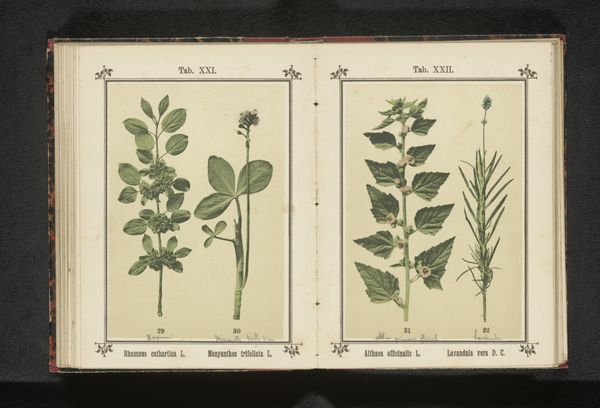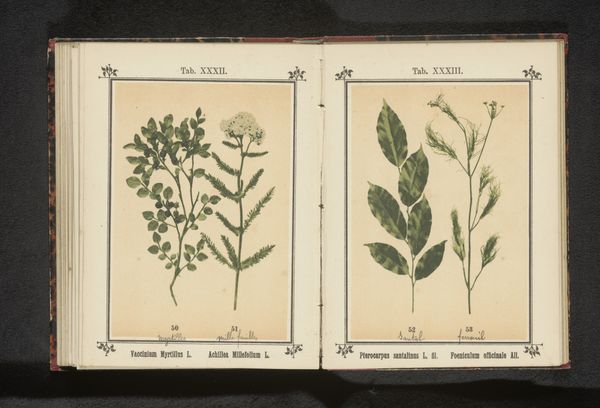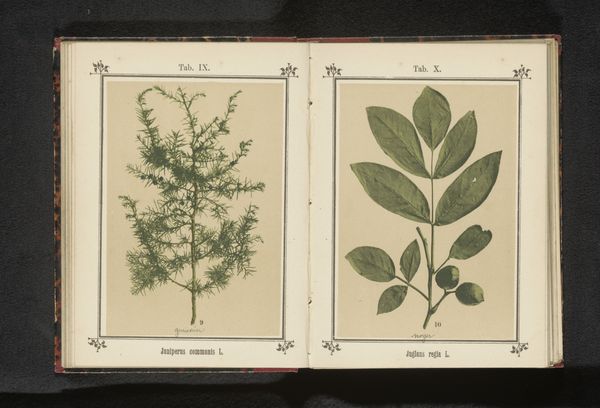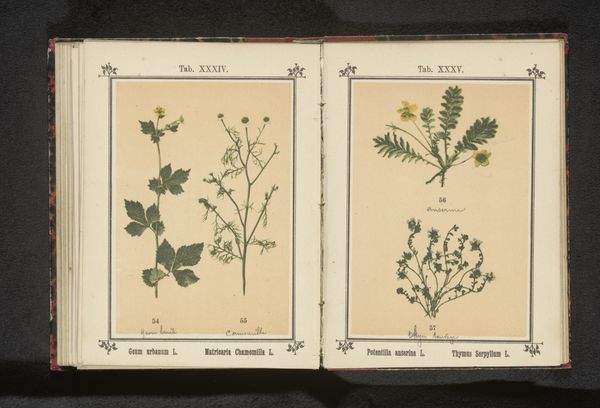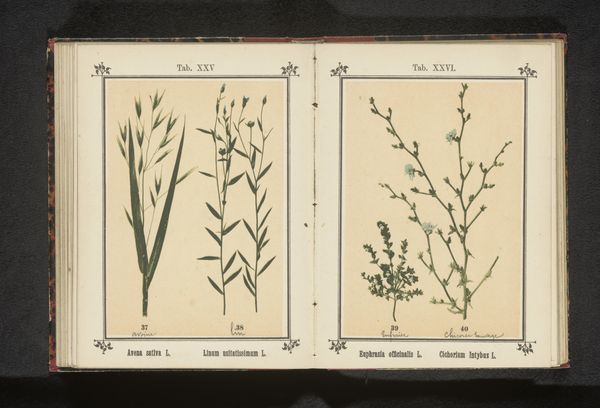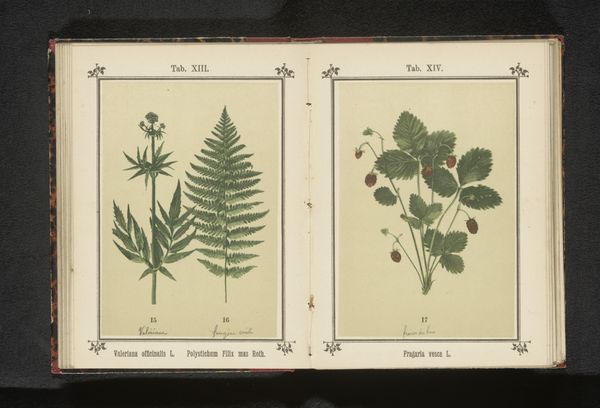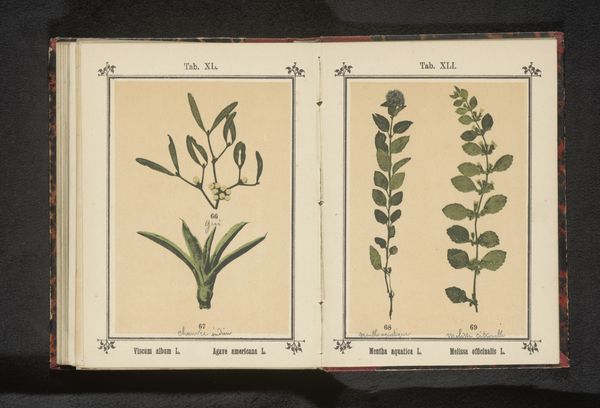
drawing, print, paper, ink
#
drawing
# print
#
paper
#
ink
#
naturalism
Dimensions: height 136 mm, width 95 mm
Copyright: Rijks Museum: Open Domain
Curator: Here we have "Valkruid en sint-janskruid," which translates to Arnica and St. John's Wort, rendered before 1894 by an anonymous hand. It's an interesting study in botanical illustration. Editor: Yes, there's a rather stark, clinical feeling to it, isn't there? It's less an attempt to aesthetically capture the flora, and more akin to a specimen catalog. I’m immediately drawn to the printmaking. What a study in ink! Curator: Precisely. The composition highlights clear lines and distinctions, almost diagrammatic in its execution. Note how each plant is isolated, carefully rendered to emphasize its unique morphology, showcasing naturalism. The arrangement and layout of each tableau emphasizes an organizational structure that invites close reading of detail and relation. Editor: It certainly speaks to a systematized observation, reflecting perhaps the burgeoning scientific interest in classifying the natural world. And let's think about the paper it’s printed on. The work required to produce a consistent material to receive ink. What resources were allocated? And what were the working conditions like? These plates are almost a residue from this production. Curator: An insightful perspective! If you consider the ink used in the print, one recognizes its role as more than just a vehicle for image-making; it shapes our very experience of the plants themselves. How would you interpret the choice to isolate each specimen in a minimalist style? Editor: Perhaps it nods towards an increased awareness about medicinal botany or horticulture at the time? It might speak to an era grappling with ways to process and control nature. It gives a lot to think about. Curator: Indeed. This piece encapsulates a period of intense classification of our natural world. A testament to precise observational capabilities through artistic impression and print technology. Editor: For me, it serves as a reminder of all of the manual processes and material labor behind ostensibly 'simple' visual documents. The industrialization behind ink and paper manufacture speaks to the dawn of a new kind of image production.
Comments
No comments
Be the first to comment and join the conversation on the ultimate creative platform.
